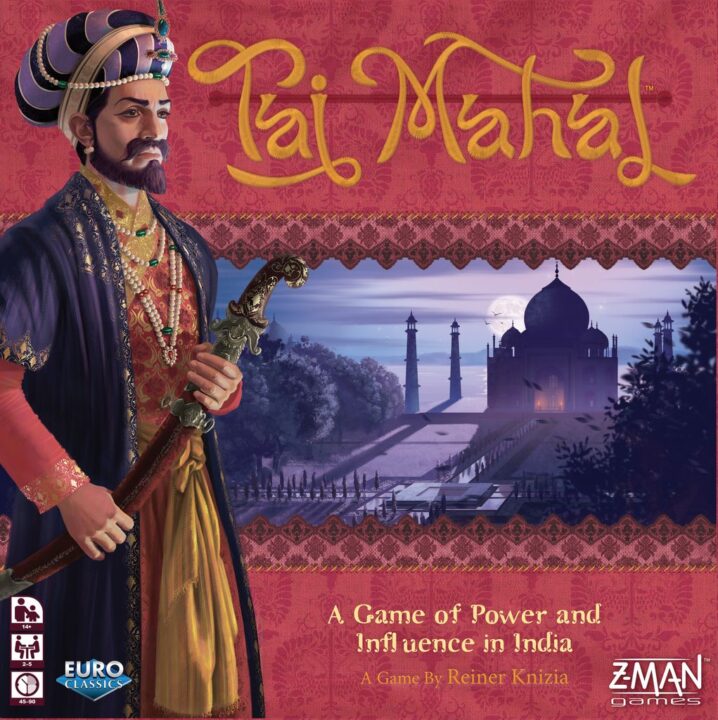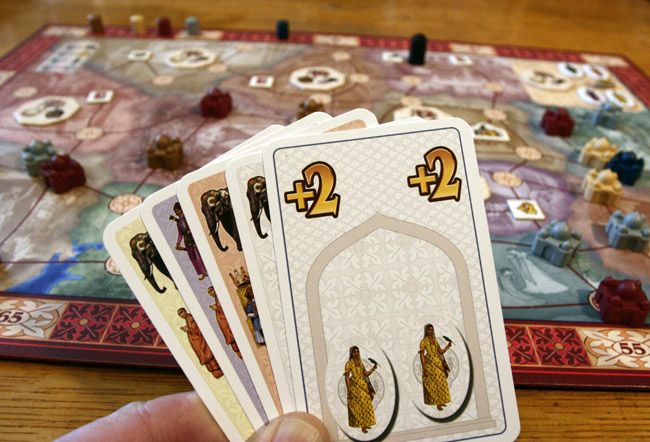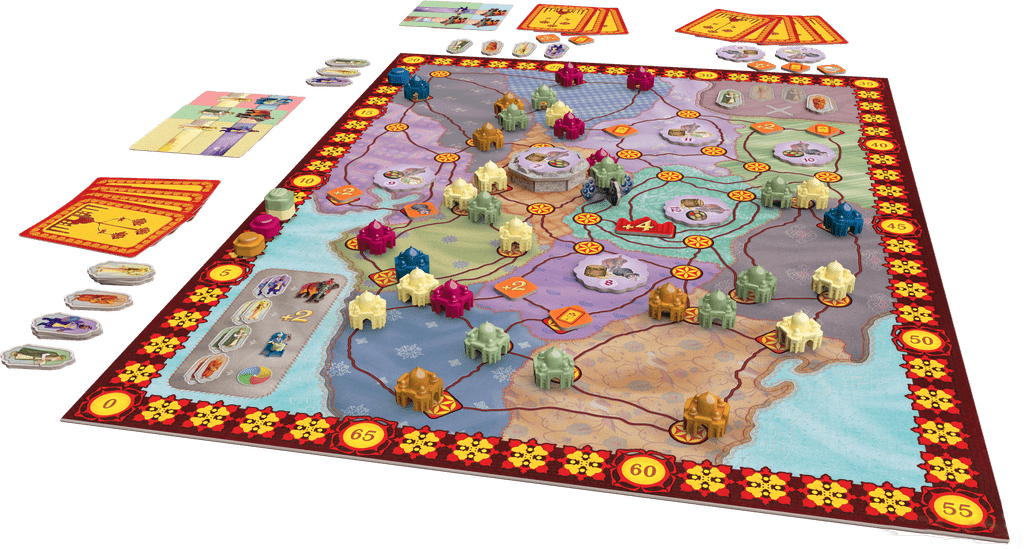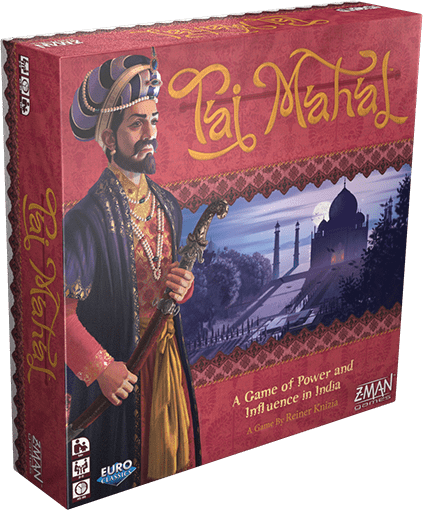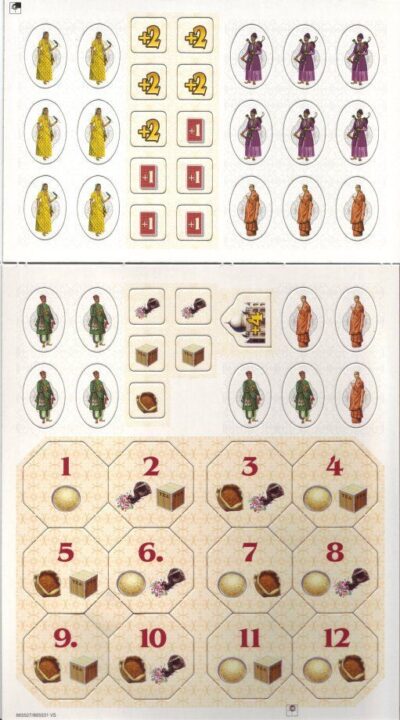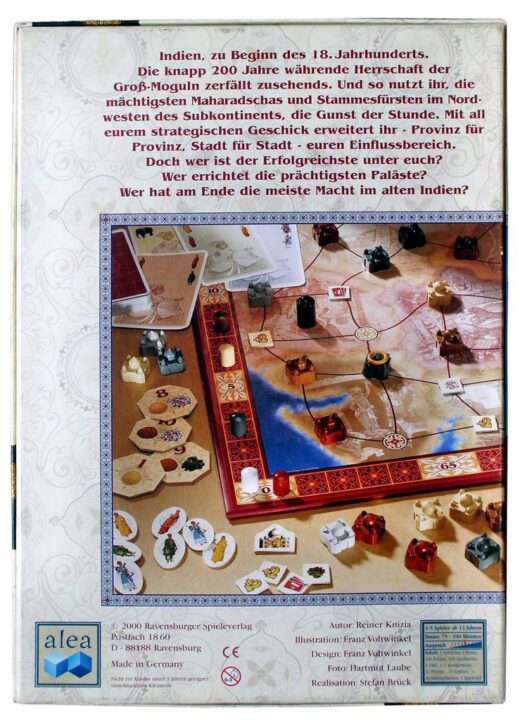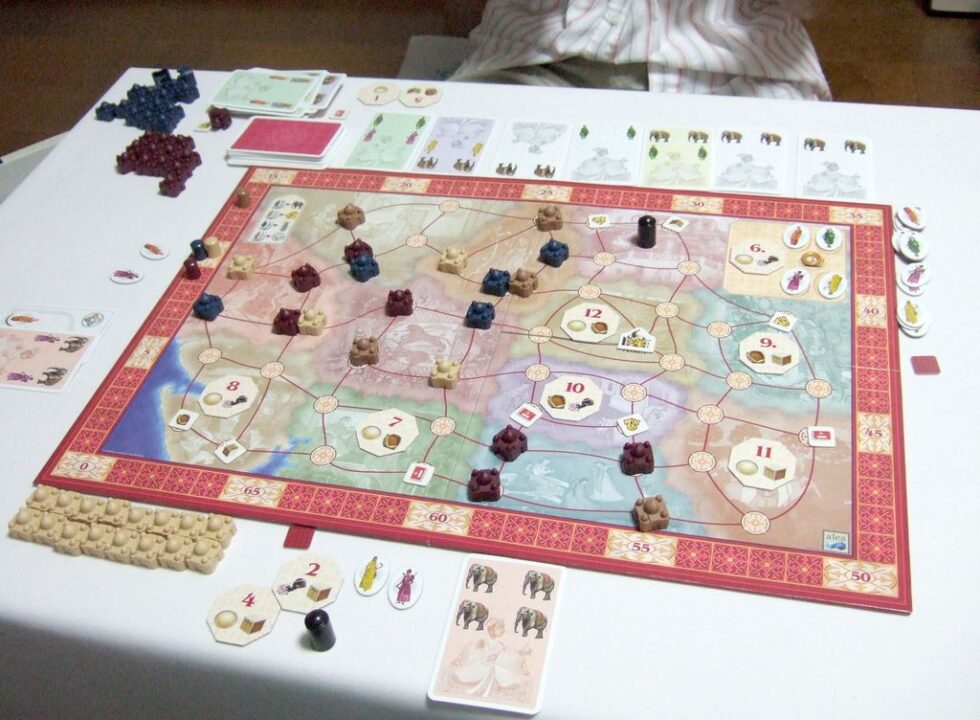Overview
Welcome to my review of Taj Mahal, a board game that masterfully intertwines competitive auction mechanics, compelling social dynamics, and rich cultural themes into its gameplay. As we journey through the majestic lands of India depicted in this game, I’ll be sharing my personal experiences and the appealing aspects that make it a fascinating adventure for board game enthusiasts.
How It Plays
Taj Mahal’s gameplay delicately balances strategy with player interaction, making every decision critical. Now, let’s walk through the key phases of the game to get a better understanding of how it unfolds.
Setting up
To start, each player receives their set of cards and markers. The board is prepared with tiles placed in their designated regions, ensuring everything is ready for the imperial conquest to begin. This setup phase is swift, launching players quickly into the heart of the game.
Gameplay
Turns revolve around bidding for the favor of the court using cards from players’ hands. Strategic card play is essential, as winning bids in the various regions on the board allows players to place their palaces and collect invaluable resources. The intriguing part? Players must decide when to push their luck or withdraw to save cards for future conflicts, adding a thrilling layer of strategy.
Winning the game
After the final round concludes, players tally their points from palaces, resources, and bonuses. The individual with the most points is declared the victor, having most skillfully navigated the complexities of political maneuvering and resource management in the Mughal empire.
Want to know more? Read our extensive strategy guide for Taj Mahal.
A Finger on the Pulse: Auction and Bidding
In the world of Taj Mahal, the thrill of auction and bidding mechanics is unmatched. Every session brings vivid memories, especially that one game night where the competition was fierce. The room was charged with anticipation as players, including myself, calculated moves and bluffed bids. It felt like a high-stakes poker game, but with elephants and palaces.
Strategic Depth
The auction system in Taj Mahal doesn’t just involve throwing cards down; it requires deep strategic thinking. I remember watching an opponent’s resources dwindle, sensing the perfect time to strike.
Bluffing and Psychology
Sometimes, the victory comes not from the highest bid, but from knowing when to bluff. The sheer excitement of outmaneuvering opponents through psychological warfare adds a rich layer to the gameplay. Indeed, this is what makes Taj Mahal stand out.
This unique bidding war lays the groundwork for the next facet of enjoyment: Social Dynamics and Strategy.
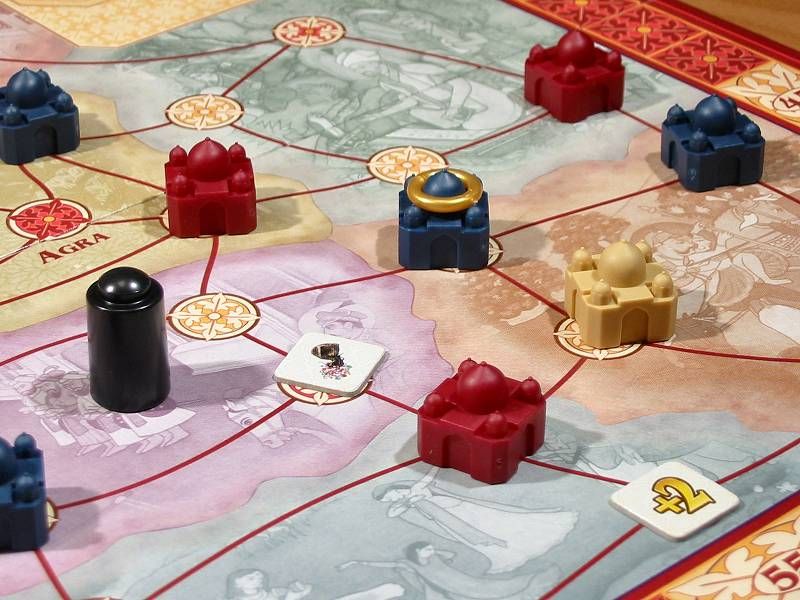
Navigating Social Labyrinths in Taj Mahal
Within the colorful essence of Taj Mahal, as I dive deeper into the review, it’s the social dynamics intertwined with shrewd strategy that sparkle. Trading stories around the table of near misses and strategic coups bring to light the game’s brilliance.
Forging Alliances
During one memorable game night, alliances formed around the table were as fleeting as they were intense. The negotiation and temporary partnerships, especially, showcased the dynamic social play at its best.
Vying for Victory
The beauty of Taj Mahal doesn’t just lie in outsmarting the game but in also navigating the intricacies of human interactions. Winning reflects not just a sound strategy but mastering the fine art of diplomacy.
Speaking of mastering, let’s turn our attention to another form of art present in Taj Mahal – its exceptional artwork and cultural themes.
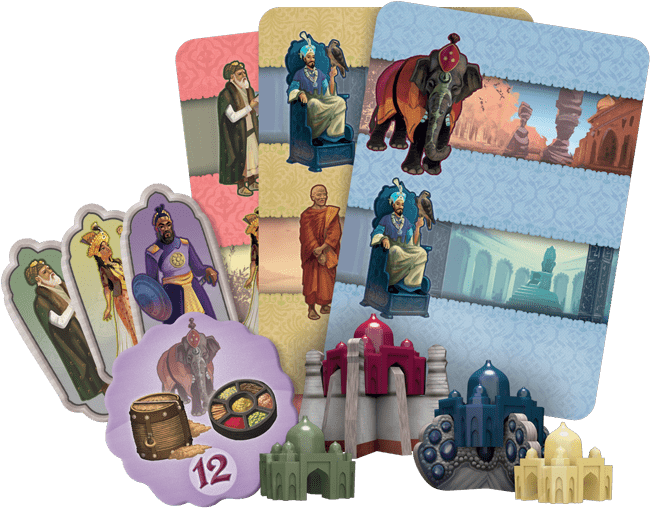
Unveiling Beauty Through Gameplay
In every Taj Mahal Review session, the artwork and cultural themes immediately captivate. The board and card illustrations aren’t just there for show; they immerse you into the historical context of 17th-century India, making every game a little journey.
The Art’s Influence
This game uniquely blends history with strategy, where the breathtaking Mughal architecture guides your tactics. Often, while planning my next move, I get lost admiring the intricate designs that echo the real Taj Mahal’s beauty.
Cultural Appreciation Through Play
Playing Taj Mahal not only entertains but educates. It sparked in-depth discussions amongst my gaming group about the era it represents, leading to a deeper appreciation and curiosity for a culture different from our own.
For its seamless melding of beauty with strategy, Taj Mahal firmly earns my recommendation.
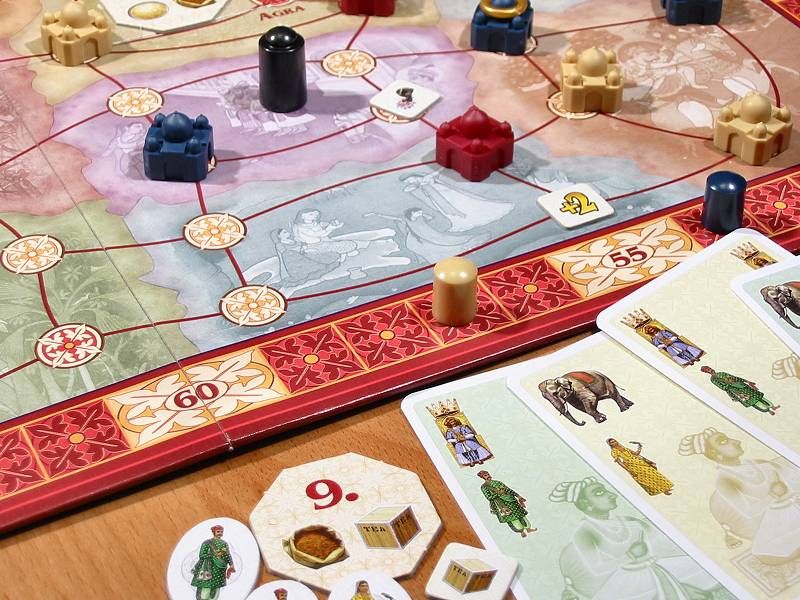
Conclusion
In wrapping up this review, I hope to have conveyed the kinetic energy and intricacy of Taj Mahal, blending deep strategic gameplay with dynamic social interaction and evocative artwork. The game uniquely challenges players both technically and socially, offering a rich experience that creatively simulates historical ambition and beauty. Whether you find yourself captivated by the auction mechanics, the intense player interactions, or the splendid representation of cultural themes, there’s something in Taj Mahal for everyone. It stands as a testament to balanced and engaging design, rich in both strategy and style. For friends and families yearning for evenings filled with negotiation, planning, and a touch of historical elegance, Taj Mahal confidently meets the call.

